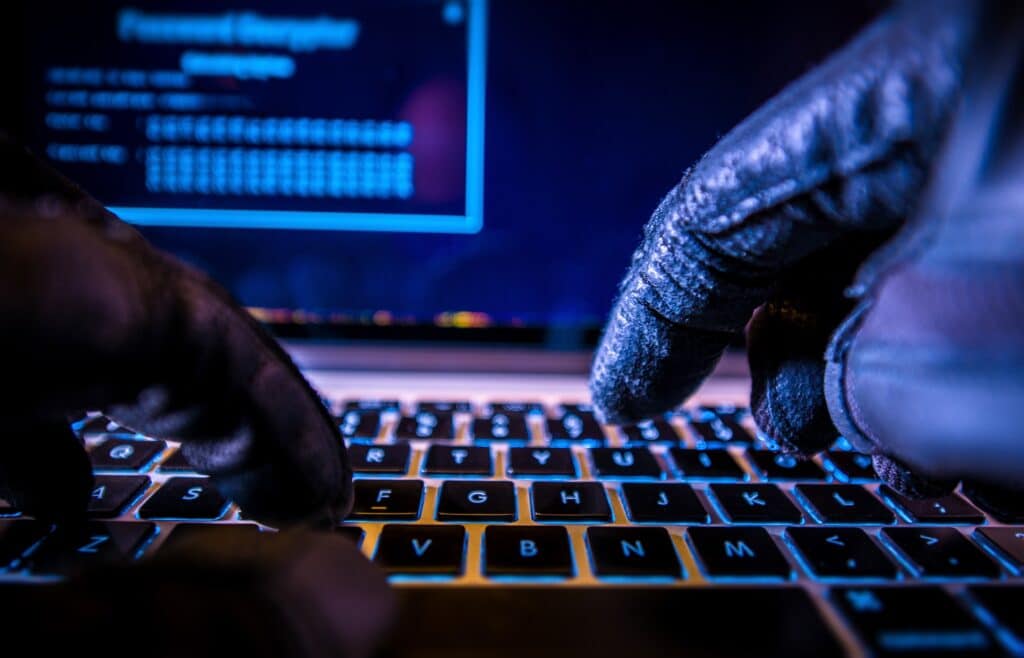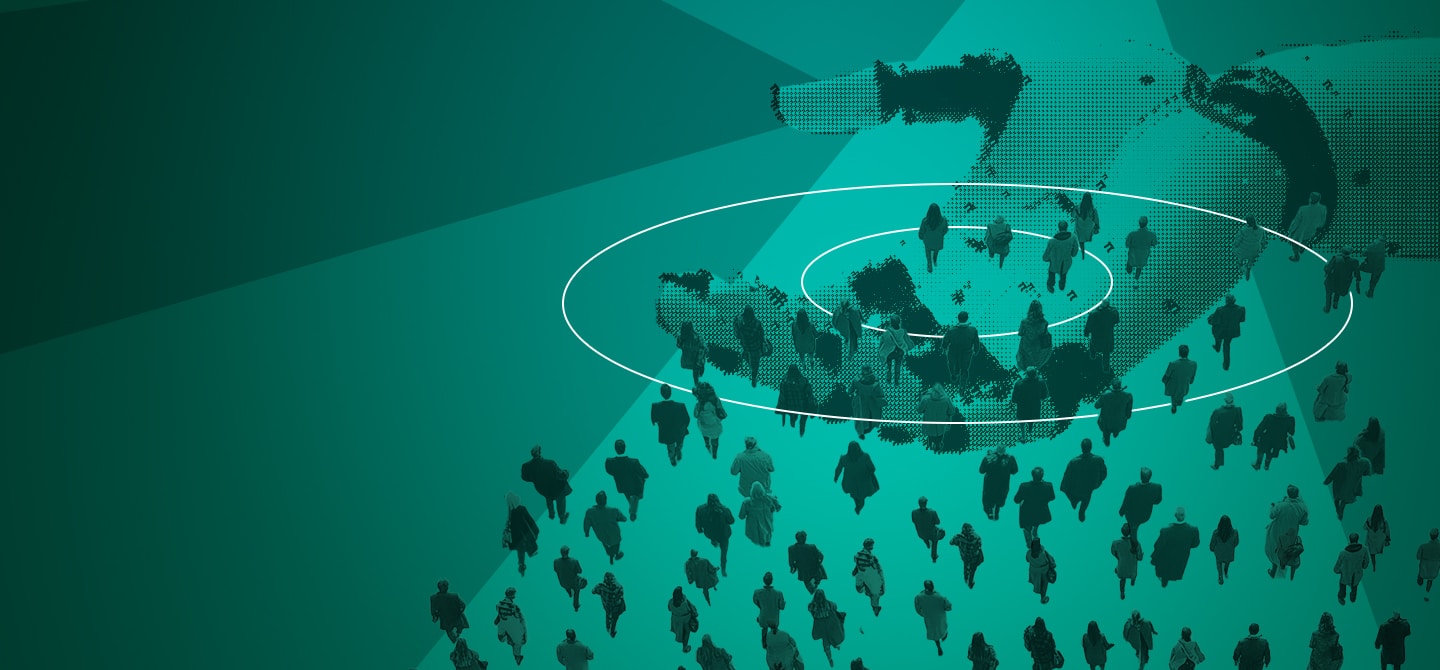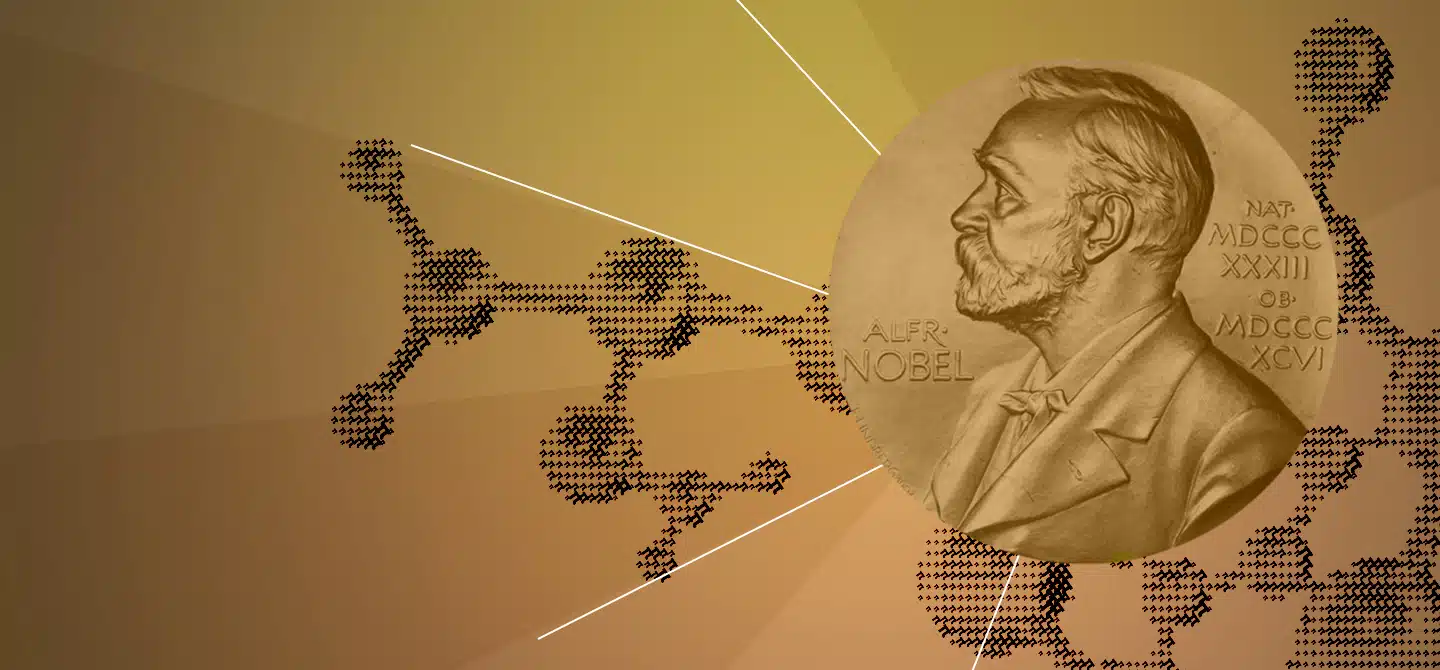Ethical hacking: at the heart of modern cybersecurity
- Ethical hacking is a discipline that uses techniques similar to those employed by cybercriminals, but with the aim of strengthening the resilience of information systems.
- The objective is to proactively identify vulnerabilities in IT systems in order to prevent them from being exploited by malicious actors.
- It is based on a rigorous methodology, founded on recognised standards (such as PTES or OSSTMM), and requires advanced technical skills.
- This discipline is also used in crisis situations to analyse compromises, identify attack vectors and propose corrective measures.
- Ethical hacking is set to expand with the rise of artificial intelligence, blockchain and quantum computing.
The term “ethical hacking” may seem paradoxical at first glance, as it juxtaposes two concepts that are perceived as antagonistic. This apparent paradox deserves some preliminary clarification.
Historically, in the 1960s at MIT, the term “hacking” referred to the technical ingenuity of passionate students who modified or improved computer and electronic systems for exploratory or creative purposes. This playful and curious approach to computer systems gradually evolved with the emergence of the first computer viruses, followed by malware, leading to a negative perception of “hackers” in the collective imagination, often associated with illegal, fraudulent or destructive acts1.
Landmark events, such as the spread of the “Morris Worm” in 1988, which paralysed a significant portion of the Internet at the time, and operations carried out by groups such as the “Legion of Doom”, contributed to this alarmist perception2.
Today, in contrast to these illegal practices, “ethical hacking” is a discipline in its own right – structured, legally regulated and requiring advanced cybersecurity skills. The experts involved, known as “ethical hackers” or “white hats”, use techniques similar to those of cybercriminals, but with the opposite aim: to strengthen the resilience of information systems by identifying and correcting their vulnerabilities before they can be exploited for malicious purposes.
What is it for?
Ethical hacking is now a fundamental strategic tool in cyber risk management. Its main objective is to proactively identify vulnerabilities within IT systems in order to prevent them from being exploited by malicious third parties. This approach complements and enhances traditional protection measures in a context marked by an exponential increase in cyber threats.
In practical terms, ethical hacking involves simulating realistic attack scenarios, replicating the techniques used by attackers (reconnaissance, privilege escalation, pivoting, data exfiltration, etc.) to anticipate potential points of failure in the system being tested. This simulation, carried out by professionals from outside the organisation, requires a precise and legally sound contractual framework that guarantees the protection of both parties and defines the scope of the intervention3.

Beyond simply searching for vulnerabilities, this approach helps to raise the cyber maturity level of organisations. It contributes to the implementation of long-term corrective measures, the consolidation of secure development practices (such as DevSecOps), and the ongoing training of internal teams. In this sense, ethical hacking is a lever for organisational transformation and a factor in digital resilience4.
Furthermore, by identifying the risks of sensitive data leaks or compromise, ethical hacking plays a major role in regulatory compliance (GDPR, NIS2, etc.) and the protection of critical assets, both for businesses and public institutions5.
How does it work?
Contrary to the sensationalist view promoted by certain media outlets, ethical hacking is not a marginal, anarchic or intuitive activity. It is based on a rigorous methodology, founded on established standards (such as PTES – Penetration Testing Execution Standard or OSSTMM – Open Source Security Testing Methodology Manual), and requires advanced technical skills.
An ethical hacking mission generally consists of three main phases6:
- Scoping phase (or legal reconnaissance): this step involves defining the objectives, the exact scope of the audit, the rules of professional conduct, the tools that can be used, and the functional and technical targets of the test. The system to be evaluated is thus understood in all its operational complexity (infrastructure, applications, network layers, etc.).
- Simulated attack phase (or controlled exploitation): the “pentesters” [Editor’s note: or ethical hackers] carry out vulnerability tests, using databases of known vulnerabilities (CVE, CWE) or their own techniques. This phase often includes partial – but non-destructive – exploitation of the identified vulnerabilities, sometimes accompanied by the planting of traces proving the intrusion, for evidence purposes.
- Feedback phase (or technical and managerial reporting): this involves writing a formal audit report documenting the vulnerabilities identified, their criticality (often using CVSS scores), the proposed remediation methods, and strategic recommendations to strengthen the security posture.
This approach is based on a strict code of ethics. Ethical hackers are bound to respect the confidentiality and integrity of the audited system and to be transparent with the client. All of their actions are logged, supervised and often audited after the fact.
Examples and prospects
The applications of ethical hacking go far beyond simple technical audits. In the field of incident response, their expertise is regularly called upon in crisis situations, particularly to analyse proven compromises, identify attack vectors and propose effective corrective measures7.
For example, during the coordinated attack against TV5Monde in 2015, which paralysed the channel and compromised several servers, security specialists – from state agencies such as ANSSI, but also independent experts – helped to rebuild the compromised architecture and better understand the techniques used by the attacker8.
The development of “Bug Bounty” programmes is also part of this approach: organisations open their systems to volunteer ethical hackers, who are paid or recognised for the vulnerabilities they identify. This collective intelligence strategy makes it possible to detect complex flaws that are often not identified by internal audits. The public programme launched in 2024 by France Identité is a recent and emblematic example9.
Finally, the prospects for ethical hacking are set to expand with the rise of critical technologies such as artificial intelligence (AI), blockchain and quantum computing. Ethical hackers will be called upon to audit not only traditional technical infrastructures, but also AI models themselves, data supply chains, and zero trust architectures in cloud environments. Exploratory work is already underway to secure machine learning algorithms, prevent data poisoning, and audit the transparency of generative models.
In conclusion, ethical hacking is now an essential pillar of the cybersecurity ecosystem, combining technical expertise, professional ethics and a proactive approach to risk management. It allows digital defences to be tested in a controlled manner, reveals the blind spots in a cybersecurity strategy and strengthens organisational resilience in the face of increasingly sophisticated threats.
However, this practice cannot develop fully without a delicate balance between ethical hackers’ freedom of action and rigorous oversight of practices. It is up to public and private decision-makers to foster environments conducive to innovation in cybersecurity, where experts can express their creativity without compromising security or ethics.
















